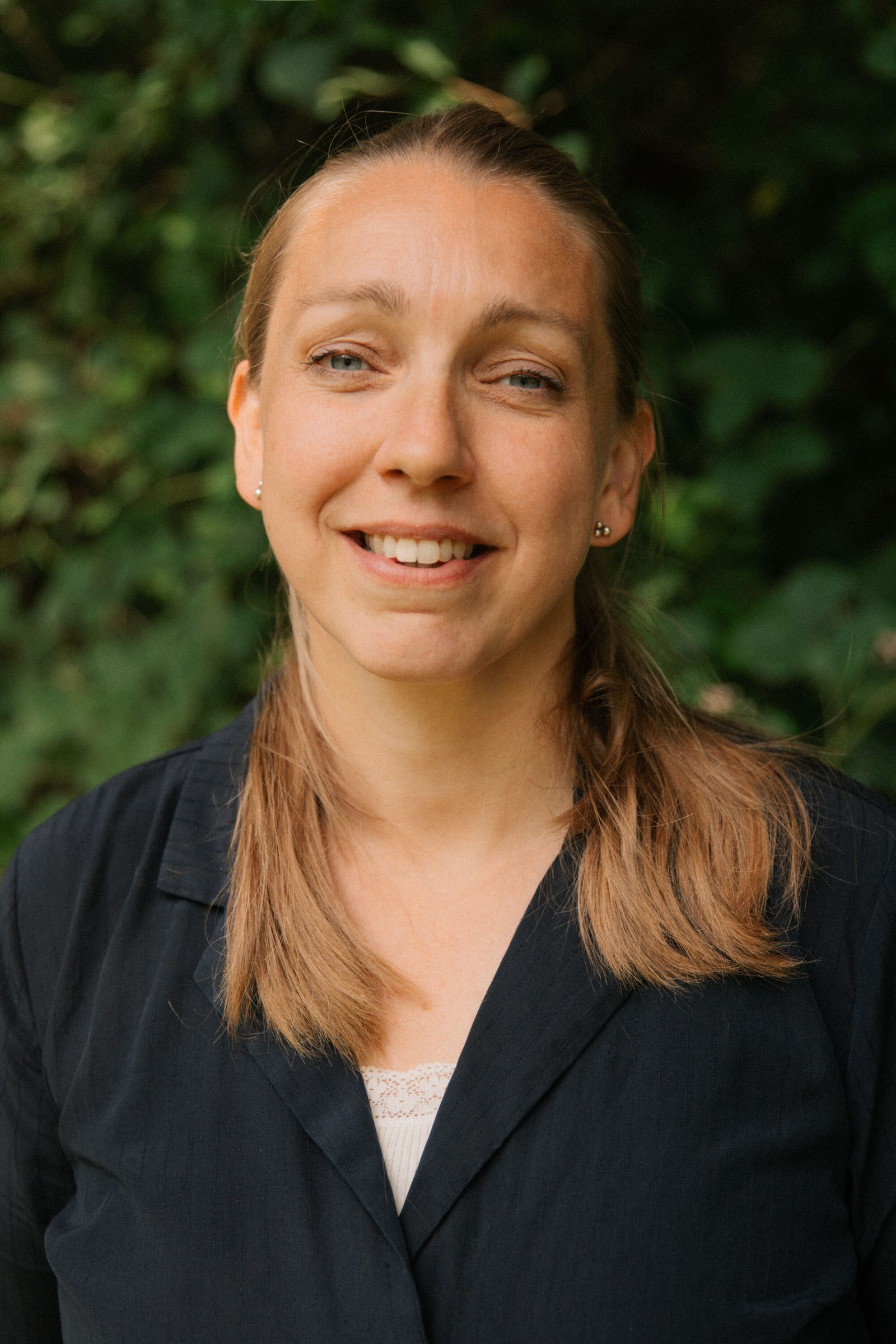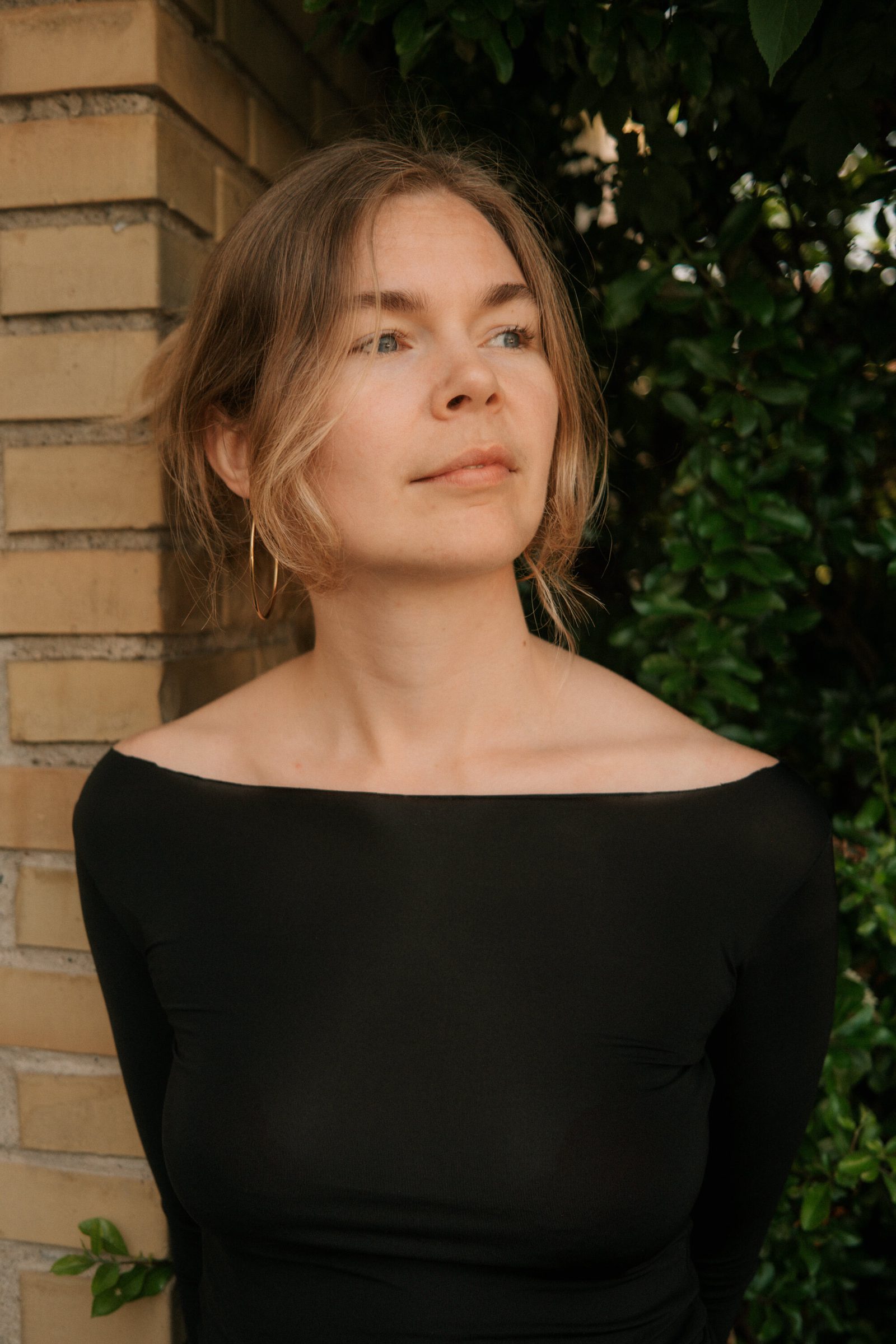Best practices in nature restoration
We are in the middle of a worldwide biodiversity crisis. In Svanninge Bjerge, we have worked for 20 years to turn the cause of events locally. In our living laboratory, we test concrete methods to increase biodiversity – and share our experiences, so more people may act.
Bøgetræer i mørke
Foto: Tobias Nicolai
Wild forests, wetlands, and large herbivores
Species are disappearing faster than ever before.
On the Danish Red List, you may see how many species are in trouble. This includes mosses, reptiles, fungi, insects, and plants. These are not numbers that belong to the history books. It is a fact here and now.
Species are disappearing because we have changed the landscape. When habitats disappear, species lose their homes and means of subsistence.
A living laboratory
In Svanninge Bjerge, we are making an effort to turn the cause of events locally.
Here, on our 615 hectares, we conduct experiments that make us wiser about how we create space for more and better biodiversity.
It has been a long journey, and we are still learning. We have experimented with transforming production forests into wild forests since 2005.
Today, we are restoring wetlands, which become habitats for amphibians, fish, aquatic insects, and plants.
We have large herbivores that create variation in the landscape and provide more habitats for insects and light for blossoming herbs and other plants.
We have learned along the way and gladly share our failures and successes.
Caroline-Marie Vandt Madsen
Director of Svanninge Bjerge and the Nature for a good life – laboratory
Højstød med tøndersvampe
Foto: Tobias Nicolai
Together on biodiversity
Our mission is ongoing. Right now, we are exploring how Svanninge Bjerge may be a meeting place for biologists, young people, politicians, and civil society. We can do much ourselves, but we thrive when we work together.
Foto: Tobias Nicolai
Nature does something to us
We see it repeatedly: When nature is allowed to unfold itself, it also creates space for people to gain a foothold.
Every year, we invite over 400 young people out under the trees as a part of an initiative called “Nature for a good life.” Here, young people in contact with the social system can get in touch with nature – and oneself.
What is biodiversity?
Biodiversity is a big word. Therefore, we cut it down to three things: species, habitats, and genetics. Species are everything that crawls, grows, swims, flowers, and buzzes in Danish nature. From oak trees and squirrels to fungi, owls, and bacteria. It is not just species in themselves but also the place in which they live: forests, meadows, commons, bogs, streams and lakes. And the ecosystems – in which one species gives life to another. Finally, biodiversity is genetic variation within a species.
Do you need more information?
If you want to know more, you are welcome to contact Caroline-Marie Vandt Madsen or Emilie Refsgaard.

Caroline-Marie Vandt Madsen
Director of Svanninge Bjerge and the Nature for a Good Life-laboratory

Emilie Refsgaard
Head of public affairs and communication - nature